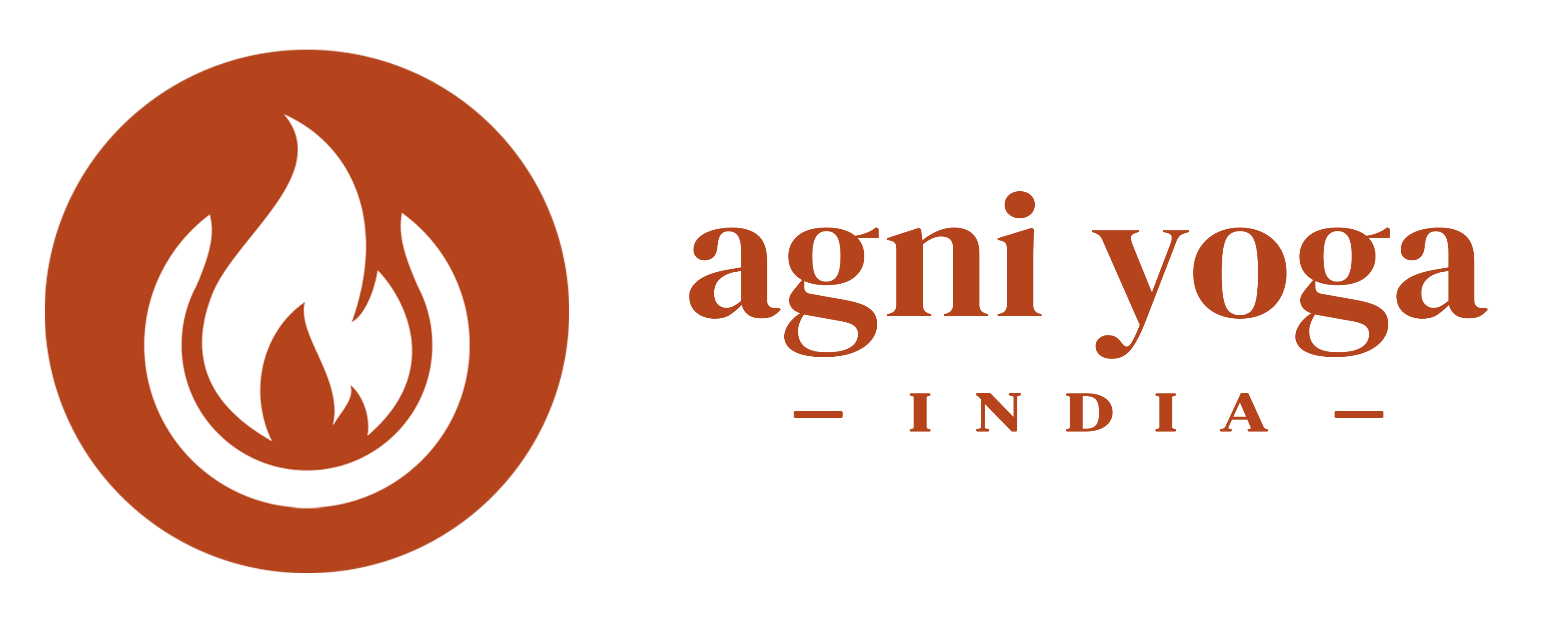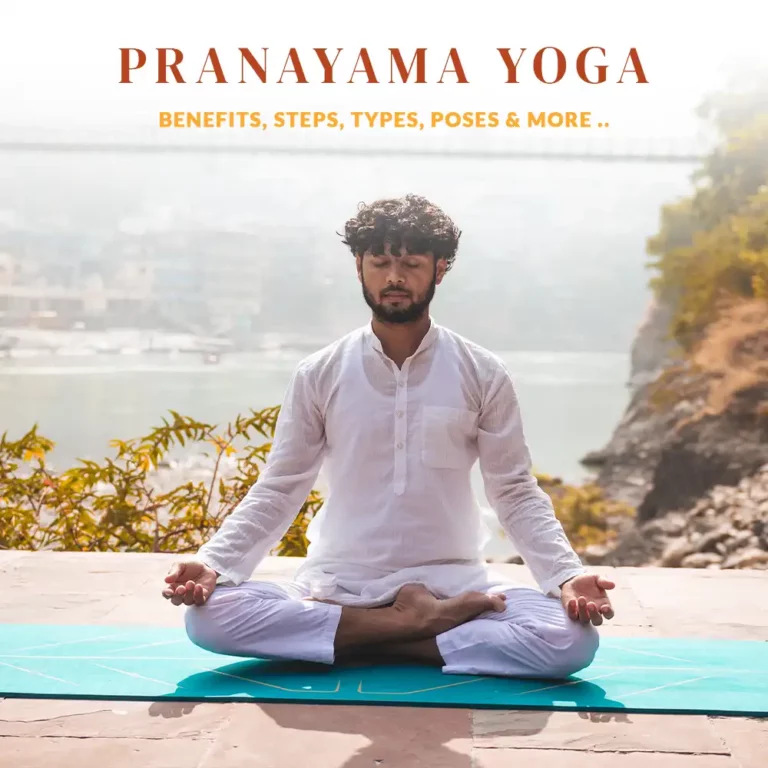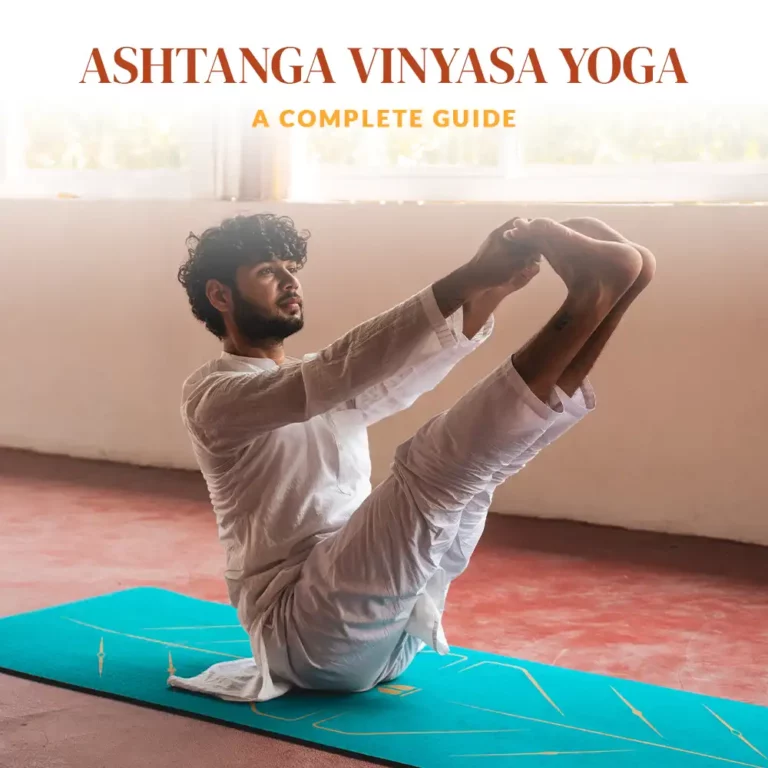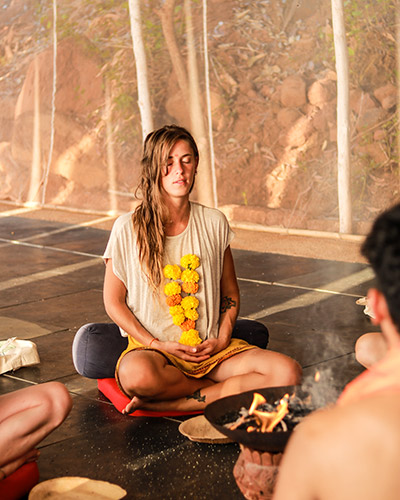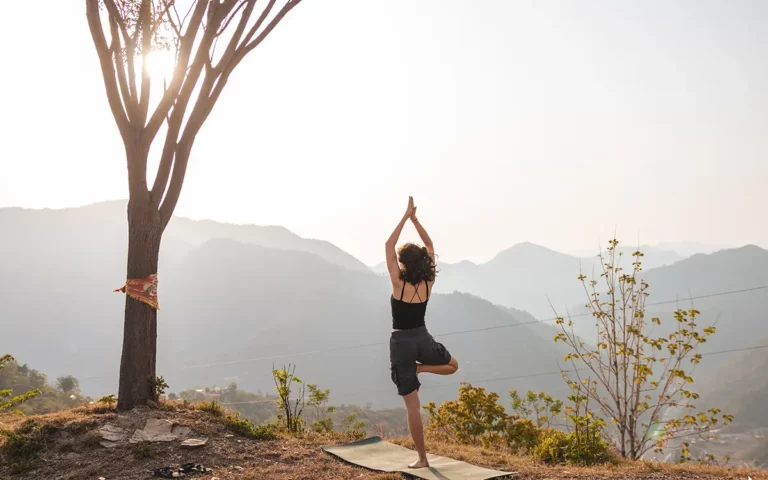500 Hour Yoga TTC in Rishikesh
The 500 hour yoga TTC in Rishikesh at Agni Yoga India is a focused curriculum designed to provide you with the confidence, knowledge and right skills to practice and teach yoga in two of the primary styles of yoga – Hatha and Ashtanga.
Our 500 hour yoga TTC spans over the period of 2 months for which you’ll be staying at our school for the complete duration of the program. During these 2 months we will take you on your yoga journey of becoming Yoga Alliance Certified Teacher through our program specifically designed for beginners.

Agni Yoga India – 500 Hour Yoga TTC Course Overview
The 500 hour yoga TTC in Rishikesh at Agni Yoga India is divided into 2 stages.
Stage 1 – In the first stage or the first month, our students are taught the fundamentals in the 200 hour Yoga Teacher Training course by our expert group of teachers who teach the essentials of yoga education and the basic of teaching yoga. It kicks off the first month of the 500 hour Yoga TTC in Rishikesh. They will guide you throughout the course to build your faith in yoga instruction.
Stage 2 – In the second stage or the second month, the course will be conducted over a span of 300 hours that is specifically designed to transform yoga students into Yoga Teachers. Not only are these aspects appropriately taught with clears instructions and communication.
Our Teachers
Our professional and highly skilled Indian instructors are known for their knowledge and dedication to their yoga practice. They will be with you throughout the program – right from the time you enroll in the course until you depart for your home destination. They will be approachable to you to solve all your queries and doubts

All of our subjects and teaching methods are based on the curriculum that complies with the Yoga Alliance USA.
Our program will enable and empower you to teach yoga all around the world with our Yoga Teacher Training Course Certificate. As a yoga teacher training school, we are committed to helping you find your own distinctive style and voice.
Let’s talk about the 2 primary forms of yoga that are a part of our 500 hour yoga teacher training course.
About Ashtanga Yoga
The Sanskrit words “Ashta” and “Anga” make up the word Ashtanga. “Ashta” means “eight,” whereas “Anga” means “limb” or “body part.” As a result, Ashtanga combines the eight limbs of yoga into a single, holistic discipline.
These eight limbs of yoga symbolise the many areas of yoga philosophy found in the yoga sutras, which serve as the Ashtanga Yoga School’s foundation. The eight limbs of yoga that are integrated in the Ashtanga philosophy are:
- Yama – the moral codes of yoga
- Niyama – the codes of self-discipline
- Asana – With practice and patience, arriving at a steady and relaxed posture which helps attain mental balance.
- Pranayama – the breathing control. Control and extension of breath.
- Pratyahara – the sense of withdrawal to increase the power of mind.
- Dharana – the concentration of mind on one object.
- Dhyana – the meditation. Withdrawing your focus and mind from all external objects and concentrating internally at one point and meditating on it.
- Samadhi – the oneness with the self or the state of salvation. It is the ultimate state of mind of joy and bliss. In the state of Samadhi, individual consciousness merges in to the universal consciousness.
The Purpose of Ashtanga Yoga
Ashtanga yoga’s intense physical procedures are all about pushing past mental and emotional blockages in order to achieve physical strength, mental clarity, mindful breathing, endurance and flexibility.
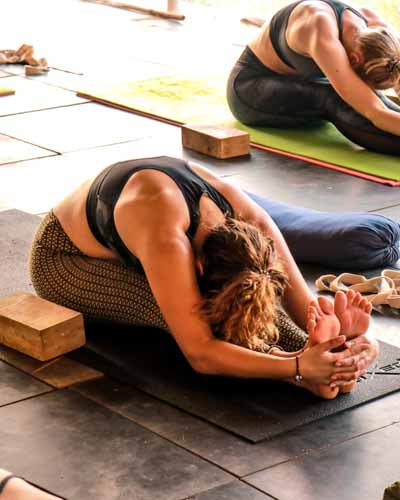
The regularity and structure of Ashtanga yoga practice are intended to help you enhance your overall wellness quickly. The predetermined posture sequence provides a solid foundation for focusing on the yoga sutras’ inner limbs.
Benefits of Practicing Ashtanga Yoga
- Because it is known to be tougher than other forms of yoga, it is ideal for athletes and those seeking a good workout.
- Ashtanga yoga, like most hatha yoga systems, focuses on breath, postures and meditation.
- If done regularly, it can help you in improving your flexibility, balance and breathing.
- If you are a beginner then it can greatly help you gain stamina, muscle strength and bone density.
- If you are seeking a curative and preventive physical exercise that also heals from within then Ashtanga yoga can help you manage your weight, relieve stress and lower your blood pressure.
- It also has mental and spiritual benefits. It helps in maintaining your spiritual and mental well-being by improving concentration, mental clarity and mental serenity.
Ashtanga Yoga for Beginners
Ashtanga yoga is not exactly meant for beginners. However, if you wish to start your yoga practice from Ashtanga, then be prepared to get into grueling yoga postures. However, the primary sequences in this form of yoga starts with basic postures and movements that are best suited for new learners.
Whether you are a beginner or an intermediate level practitioner who wants to advance to the next level, Ashtanga yoga is the right form to build and measure your progress and performance.
Ashtanga Yoga is a method of asana practice that is highly regimented. You’ll always know how far you’ve come. You’ll be able to evaluate your postures and progress and to adjust your approach to best suit your needs.

About Hatha Yoga
Hatha literally translates to “stubborn” in Sanskrit. Hence, the Hatha Yoga practice refers to the disciplined practice of yoga without the use of intellect or the five senses.
Hatha Yoga is commonly thought of solely as an asana practice. However, the stringent practice of asana, dhyana, pranayama, and dharana is required to acquire the sublime condition of samadhi. The yogi is liberated from the illusions of form, time and space in samadhi. This route comprises of six practices, including asana.
- Asanas – to gain control over the body through balance and postures.
- Mudra – to manipulate and stimulate pranas (subtle energies) by balancing the sun and moon chakras.
- Pranayama – to gain control over the breath through slow and elongated breathing.
- Mantras – to control the mind through chanting of various mantras.
- Bandhas – to activate chakras (energy centers) through locks of postures.
- Kriyas – to purify internal organs and removing toxins through cleansing techniques involving mediums like postures, locks, breathing techniques and water.
The 6 Limbs of Hatha Yoga
Hatha Yoga has six limbs as opposed to eight limbs of Ashtanga Yoga. The 2 limbs of Ashtanga Yoga that are not a part of Hatha Yoga are Yama (the moral codes of yoga) and Niyama (the codes of self-discipline).
- Asana – the steady and restful state of body and mind.
- Pranayama – the expansion of capacity to retain prana – the air that we breathe and circulates on our body.
- Pratyahara – the withdrawal from the external sensory input.
- Dharana – to bring the mind to one single point of focus.
- Dhyana – to observe the self through meditation.
- Samadhi – to become free from worldly illusions.

Benefits of Hatha Yoga
Hatha is a gentle, slower-paced yoga that encourages practitioners to concentrate on good alignment and form in order to support and nurture their bodies. Its benefits are listed below –
- It improves mobility and flexibility in the joints, ligaments and tissues.
- It improves metabolism and overall health of the digestive system.
- It improves the functioning of all body systems, stimulates repair and regeneration of cells in our body.
- It improves blood flow in the spinal cord and brain which brings balance to the sympathetic and parasympathetic nervous system.
- It helps to stimulate the lymphatic system and cleanses the body.
- It improves energy levels by elevating the function of heart and lungs.
- It helps to calm down the senses relieving any anxiety, fears and depression.
- It helps to improve concentration and focus.
- It brings balance to the emotions.
- It removes mental fatigue, improves learning capacity and inspires creativity.
Hatha Yoga for Beginners
As compared to Ashtanga Yoga, Hatha yoga is a moderate kind of yoga that emphasizes steady poses and is suitable for beginners. Despite its soft nature, it can nonetheless be demanding both physically and mentally.
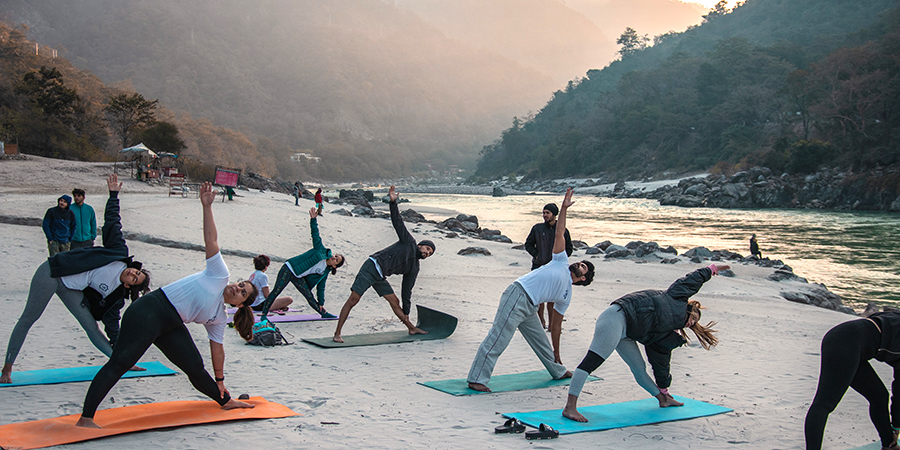
Bottomline
Agni Yoga India’s 500 hour yoga TTC in Rishikesh will give you an edge over the others and kickstart your journey as a yoga teacher with full fevour. We have listed the main advantages of this program as below-
- Learn to teach and perform a wide variety of asanas (poses) and mudras (hand gestures).
- Discover the proper and acceptable alignments for each pose.
- Investigate the various adjustments and variants of the most popular asanas.
- Learn the fundamentals of yoga anatomy and deep understanding of the body functions.
- Different types of breathing techniques and pranayama are explored, learnt and practiced.
- Learn about numerous sorts of mantra chanting and different ways to meditate.
Related Posts:
- Yoga Poses for Weight Loss: The Top 10 Advantages
- Yoga for Diabetes. How Stress Causes Diabetes.
- 5 Yoga Poses that give you relief from back pain
- 10 Benefits of daily yoga practice
- Why choose yoga as a career?
- Yoga Teacher Training vs Yoga Retreat. What should you choose?
- Methods to boost Endurance during Aerobic and Anaerobic Exercises.
- Yoga Teacher Training in Rishikesh India
- Why Join Agni Yoga India for Yoga Teacher Training in Rishikesh India?
- 500 Hour Yoga TTC in Rishikesh
